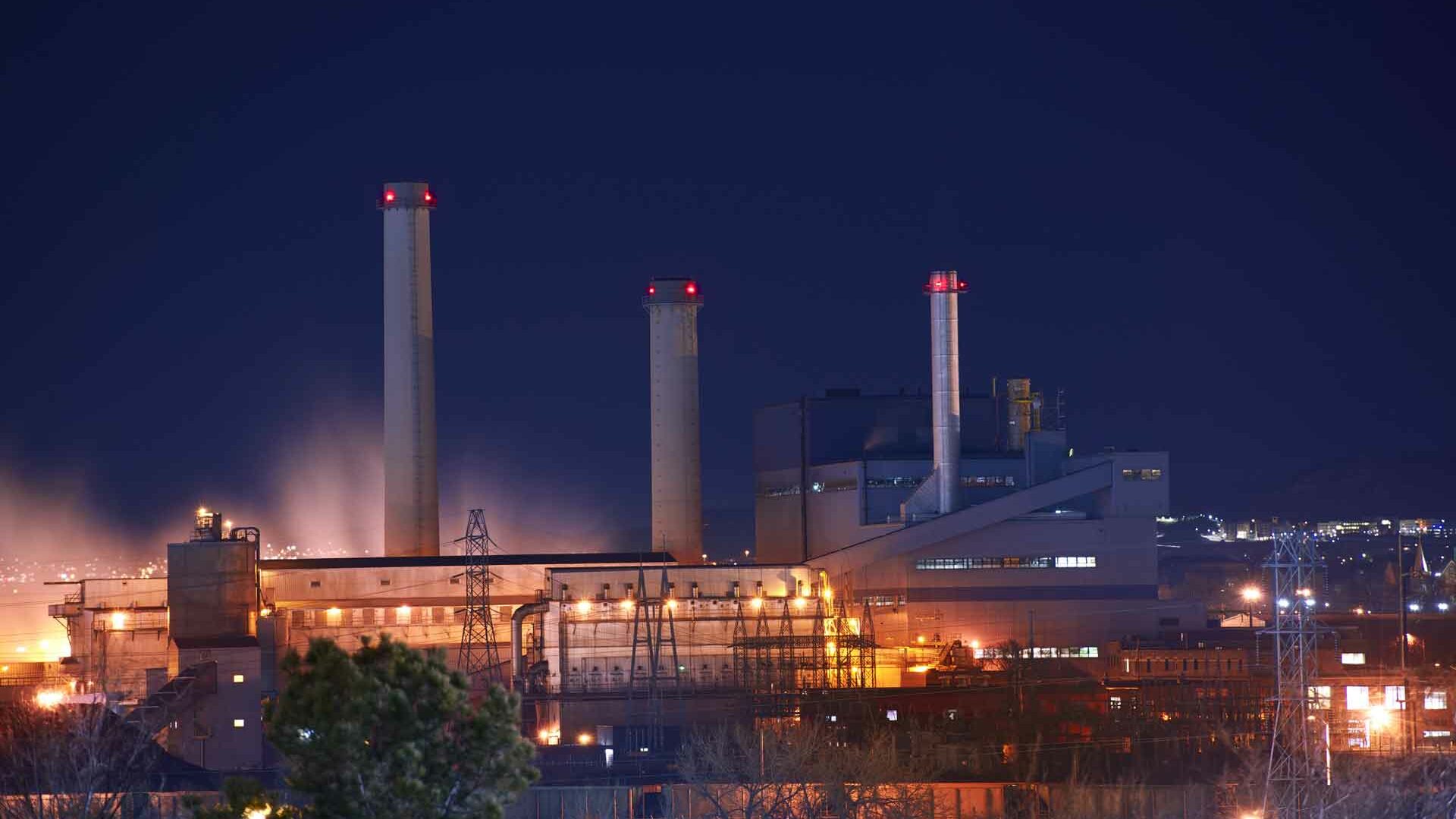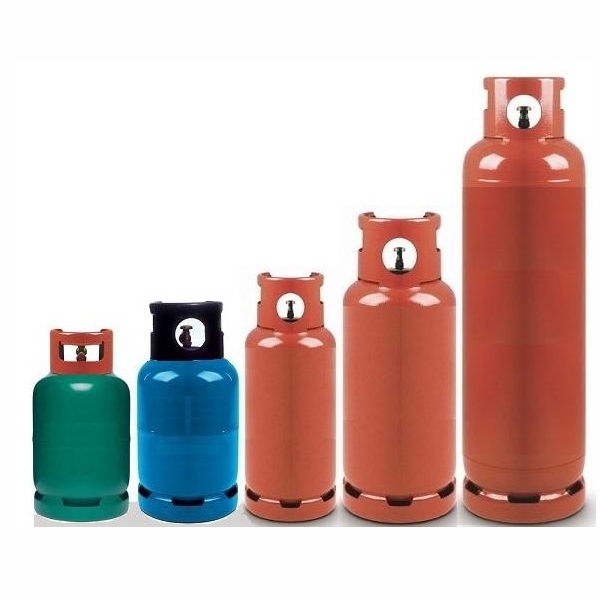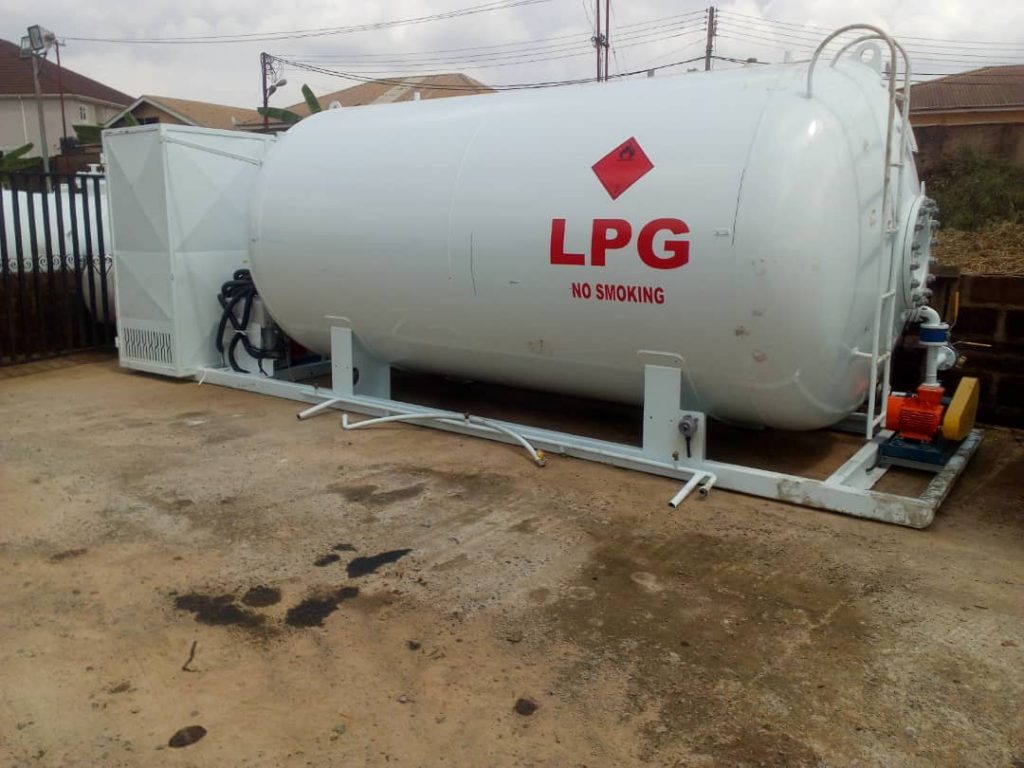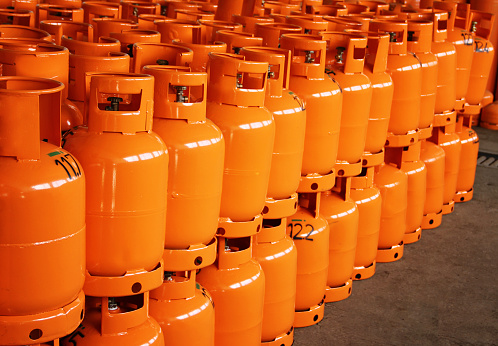Throughout the summer, we monitor inventory builds very carefully and provide data and analysis in our daily reports. By this time of year, we usually start monitoring heating degree-days and only report on the inventory data when the Weekly Petroleum Status Report from the Energy Information Administration is released.
We typically make the switch when propane inventories start declining and we conclude inventories reached their peak for the season. This year, we are still focused on inventories as they continue to build.
As the chart above shows, inventories usually peak and begin heading down by this point in the year. Last week marked the 44th week of 2018. Over the last five years, U.S. propane inventory averaged a 565,000-barrel decline. This year, there was a build of 1.512 million barrels.
With that build, inventory is now at its five-year average, which is no small feat. Inventory averaged 102 million barrels in week 44 of 2015, and 101 million barrels in 2017. Inventory is now at 84.528 million barrels compared to 77.2 million barrels at this point last year.
 The elongated inventory build period is a result of propane production consistently exceeding 2 million barrels per day. U.S. winter demand has not kicked into full gear, petrochemical demand is growing – but still below recent highs for this time of year – and export demand, while good, is not exceptional.
The elongated inventory build period is a result of propane production consistently exceeding 2 million barrels per day. U.S. winter demand has not kicked into full gear, petrochemical demand is growing – but still below recent highs for this time of year – and export demand, while good, is not exceptional.
The less-than-exceptional export demand appears in the dramatic swing higher for Gulf Coast inventory over the last month and a half.
Falling crude prices have been the key reason propane prices have fallen since the beginning of October; however, the rise in Gulf Coast inventory is contributing to propane becoming weaker than crude over this period. Mont Belvieu propane reached 110.25 cents on Oct. 1. Since then, it is down 35 cents, or 32 percent. Since Oct. 1, West Texas Intermediate crude, the U.S. benchmark crude, is down $14.63 per barrel, or 19 percent.
Propane will turn higher when crude does, which could come as early as this week since the Organization of the Petroleum Exporting Countries met this weekend to discuss production cuts. For propane to keep up with a turn in crude and not continue to lose value relative to crude, propane fundamentals will have to become more supportive.
It is obvious domestic demand will increase as we move deeper into winter, but it feels as if export demand will have to improve as well. If not, it is likely propane’s relative value will continue to slip against rising crude, just as it outpaced crude lower over the past six weeks. Mont Belvieu is at 52 percent of West Texas Intermediate, and Conway is at 45 percent. They were at 74 and 72 percent, respectively, at this time last year.
The good news for propane retailers is this weakness has created an exceptionally good buying environment for supply for this late in the year. Current values are 35 cents below highs from just six weeks ago, and such low values relative to crude takes a lot of the risk out of purchases.
Even more importantly, current prices allow retailers to lock down supply protection and roll out prices that will very likely be at or below what they offered last year. That usually keeps customers happy and makes them less likely to shop around, even if prices begin to slip.
Price protection is not only good for your customers, as it assures them stable costs year-over-year, but it is also good for protecting and improving retail margin. Retailers are slow to increase prices to customers in a rising price environment. Locking in supply costs here protects a retailer from that tendency.
 It is highly likely propane prices will be in an uptrend before the end of this winter. By locking down supply costs, even if a retailer is slow in raising prices, margins are protected. If a retailer is responsive and diligent in moving prices up to customers during a rising market, margin will increase if price protection is in place.
It is highly likely propane prices will be in an uptrend before the end of this winter. By locking down supply costs, even if a retailer is slow in raising prices, margins are protected. If a retailer is responsive and diligent in moving prices up to customers during a rising market, margin will increase if price protection is in place.
Retailers sometimes focus on trying to buy at the lowest price, but often fail to capture the opportunity there for the taking. As we have said many times before, retailers who take advantage of opportunities sometimes buy at the lowest price of the year.
Retailers who are determined to buy only at the lowest price of the year never actually buy at the lowest price of the year. The lowest price of the year is never confirmed until prices have moved higher for a while. At that point, those focused on the lowest price of the year still won’t buy because they want the price that has come and gone, but they will buy eventually, when they are threatened by runaway prices. Retailers may believe their competition bought at the lowest price of the year, compelling them to buy into a rising runaway market for fear of losing customers. The lowest price of the year will not be known until it is well in the rear view mirror. On the other hand, if retailers act on an opportunity, it just may turn out to be the lowest price of the year.




